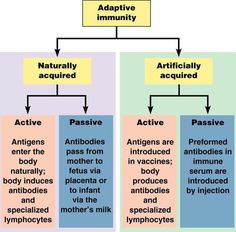CHOKING FIRST AID

CHOKING The management of choking involves a set of immediate actions to assist a person who is unable to breathe due to a blocked airway. Here are the steps for managing choking in adults and children: Assess the Situation: Quickly assess the person's ability to breathe and speak. If the person is unable to breathe, cough, or speak, immediate action is needed. Encourage Coughing: If the person is still conscious and can cough, encourage them to cough forcefully to try and dislodge the object. Perform Abdominal Thrusts (Heimlich Maneuver): Stand behind the person and place your arms around their waist. Make a fist with one hand and place the thumb side against the middle of the person's abdomen, just above the navel. Grasp the fist with your other hand and give quick, upward thrusts to help force the object out. If the person is pregnant or obese, chest thrusts may be used instead. Back Blows: If abdominal thrusts do not work, or if the person is pregnant or obese, give back ...

